CERAMIC ANISOTROPIC MAGNETS
The use of ceramic magnets is very wide. Used in: Production of electric meters, water meters, machine industry, auto injection, medicine, furniture production, advertising material production, measuring and control technology, separators and holders.
ANISOTROPIC MAGNETS
This type of magnet has a hexagonal crystal structure with better magnetic characteristics along the crystal c axis.
If a magnetic field is operating during pressing, the particles will be oriented, so the resulting magnet will have better magnetic properties in the direction of the field.
They are manufactured in the form of: torus, segments, discs, tiles, rollers
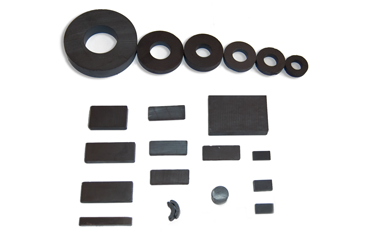
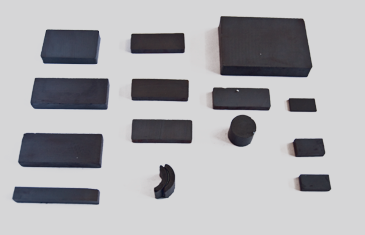
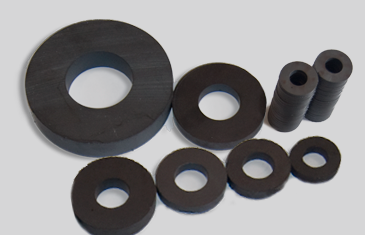
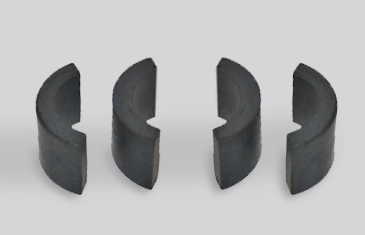
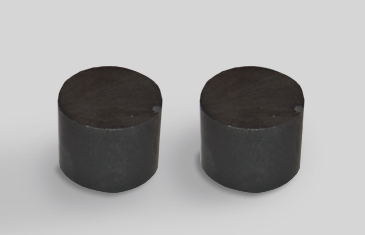
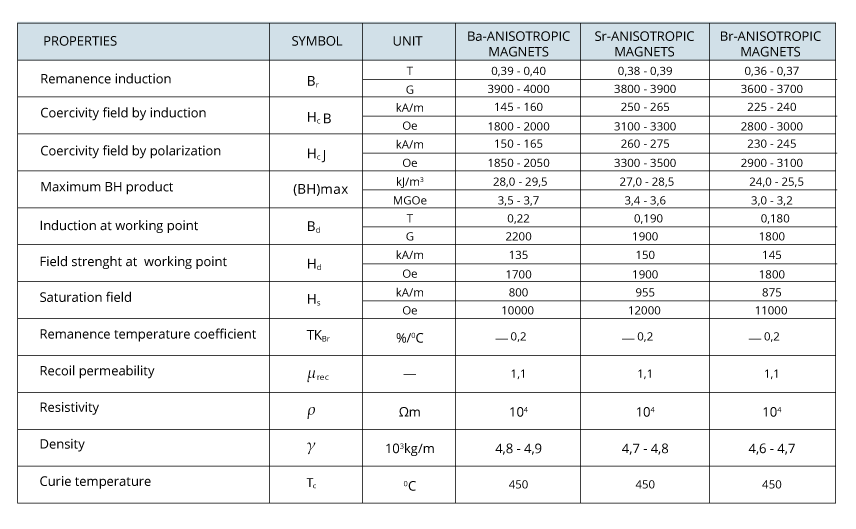
General about anisotropic magnets
When a body possessing magnetic properties is placed in the magnetic field H, then between
field H and magnetic induction in body B do not have linear dependence, but is expressed by the equation: B = μοH + J
where J is the magnetic polarization of the body and μ0 the permability of the vacuum and is equal to μο = 4l 10-7 H / m
Dependency curve B = f (H) hysteresis cycle and is given in Figure 1 (full line)
If hysteresis cycles are plotted for different values of Hm and their peaks connect, the curve B = f (H)
which is called the basic magnetic curve. This curve is usually referred to as the magnetization characteristic of the material.
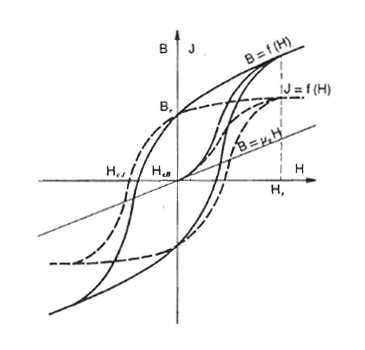
Hs saturation field
The Hs saturation field is the field by which the magnet magnetizes up to the saturation of Js. By increasing the field, the magnetization of the body does not change.
The disintegration curve
The permanent magnet work area lies in the second quadrant of the hysteresis loop.
This de represents the fault of the magnetization or magnetic induction and polarization of the magnet demagnetization.

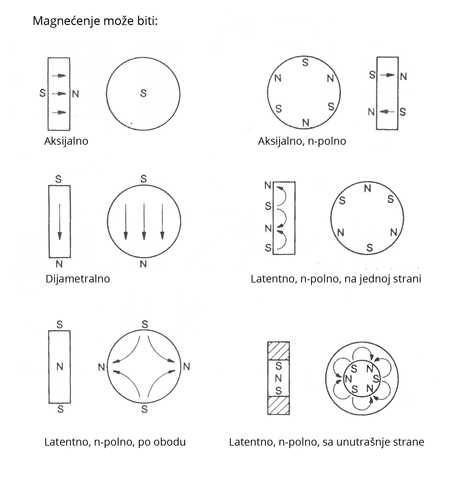
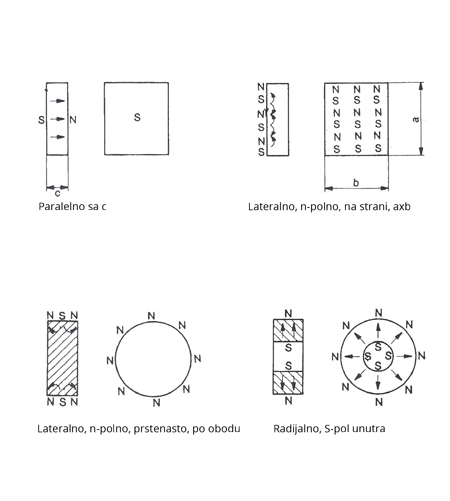
If you are interested for our products, please contact us
